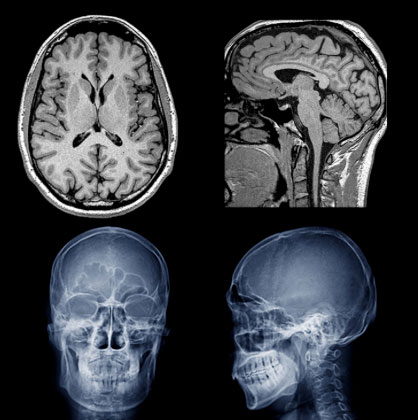An Executive Take on USM & AI in the RAN
Technology Foundations on USM & AI in the RAN
Cohere’s Universal Spectrum Multiplier (USM) software addresses the problem of congestion in mobile networks by effectively creating additional available spectrum (as much as double) when cells are at capacity. USM does this though an advanced new technique for allocating radio spectrum in real time to the many devices that need service, based not on RF modelling, but considering device location and speed, and other information about the channel between transmitter and receiving device.
With the USM’s Delay-Doppler channel model, Cohere has a real time view of everything in the wireless channel, much like an MRI of the wireless channel compared to time frequency channel models that are more akin to an x-ray.

MRI vs. X-Ray
This means Cohere maps all energy, interference and reflectors, thereby creating a combined mapping of the physical world with the wireless world. The initial application for USM has been a “supercharged” scheduler within the base station, kicking in when cells are congested, reverting to a conventional scheduler under quieter loads.
The next step in the USM evolution takes advantage of AI and cloud to harness and make sense of the real time data the USM generates in normal operations. This automated channel map information is foundational to creating “digital twin” style insights of the physical and wireless channel data of all energy in the wireless domain.
Emergence of the Intelligence Plane
Alongside conventional network control and data planes, this could be considered as a separate “intelligence plane”, providing a distinct resource about current and predicted network status and potential that can be used for a range of applications.
Pairing USM with AI is the next step. With a pre-existing basic channel model, or one developed from an IQ sample drive test of an area, a Retrieval Augmented Generative LLM architecture pattern is envisioned to develop learning models that explicitly reflect the characteristics of each cell. These future models will enable a new generation of digital twin that fuses the wireless and physical worlds. This twin can be used to model and recommend changes, along with augmenting capacity and financial planning for network improvements leading to more efficient spectrum utilization and improved network performance.
We are, indeed, living in exciting times.


